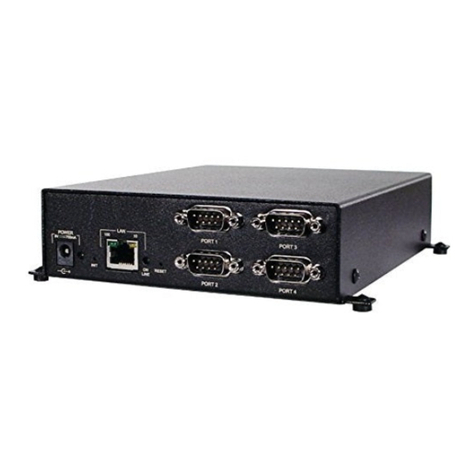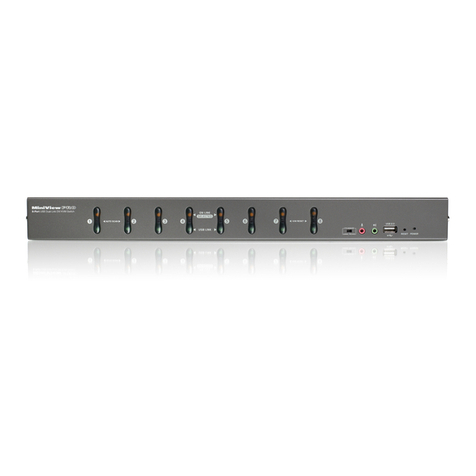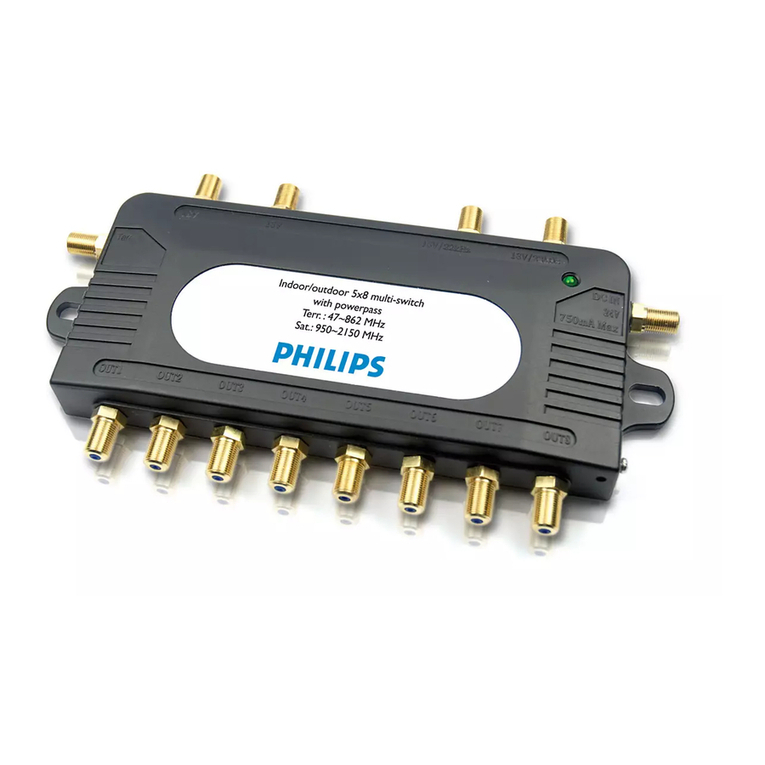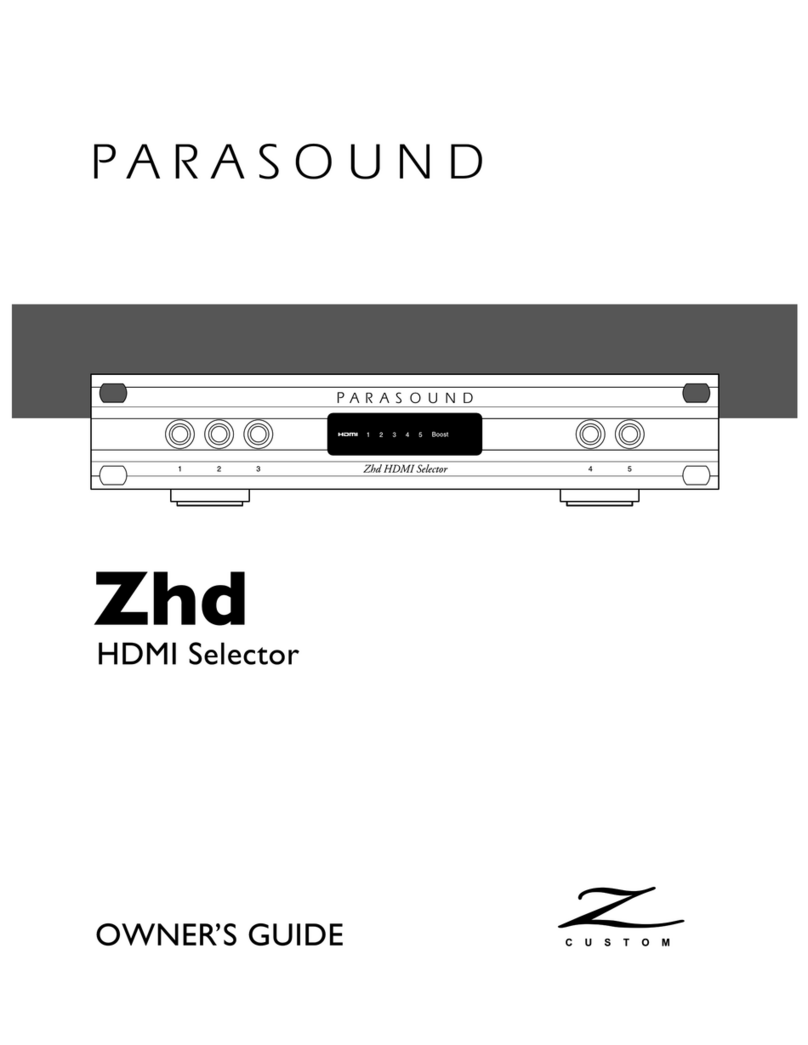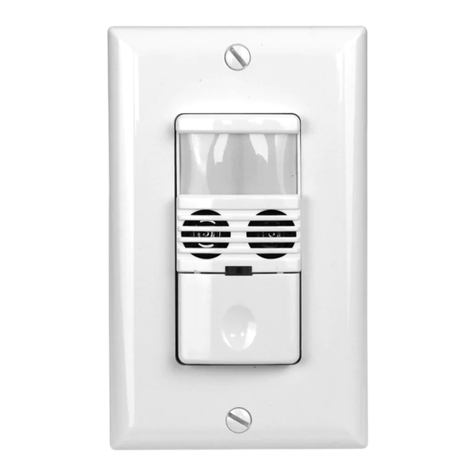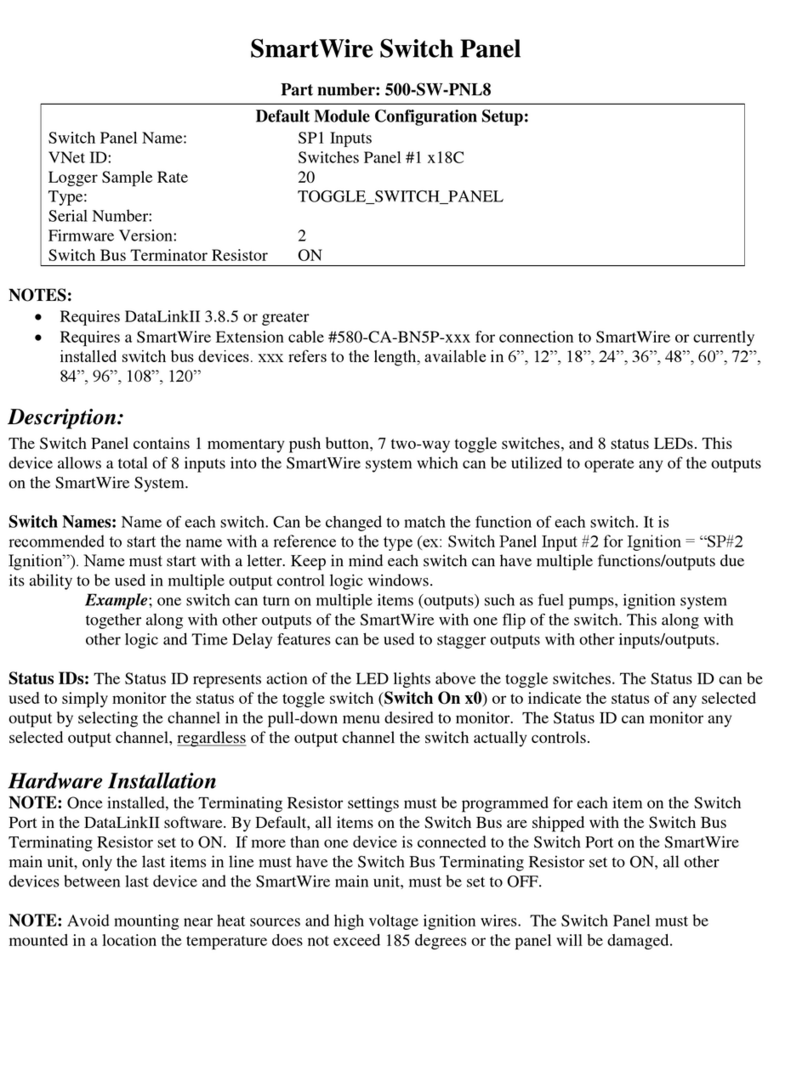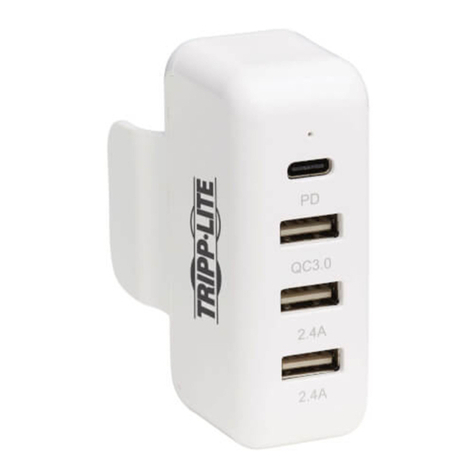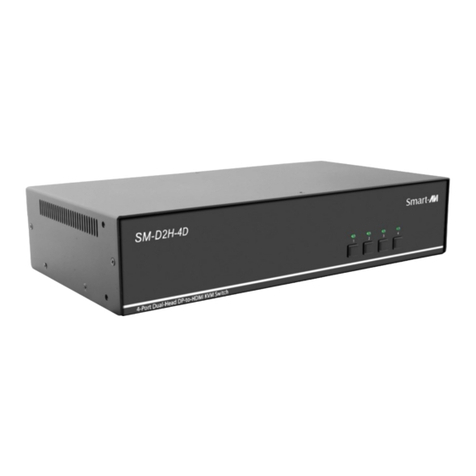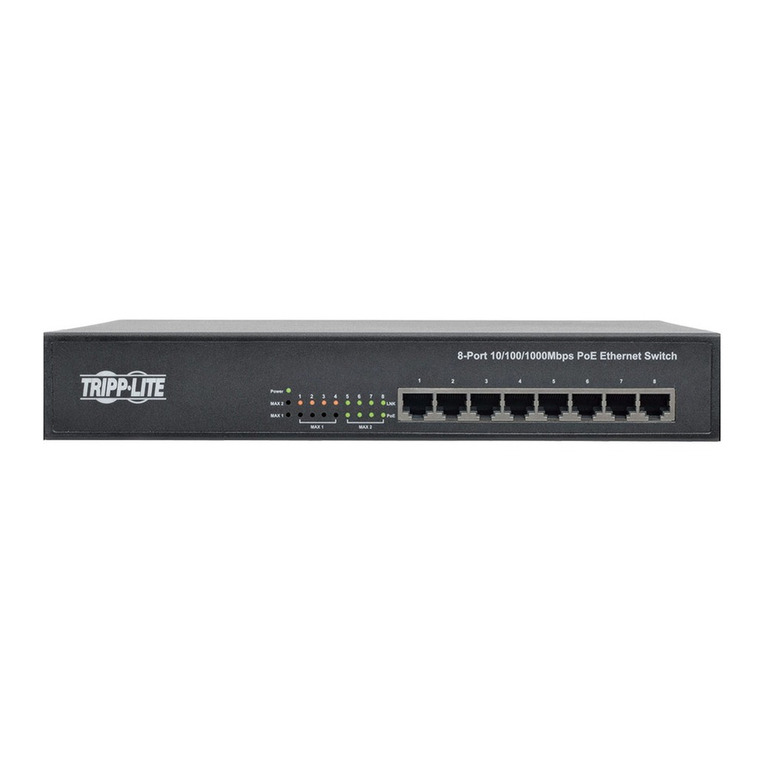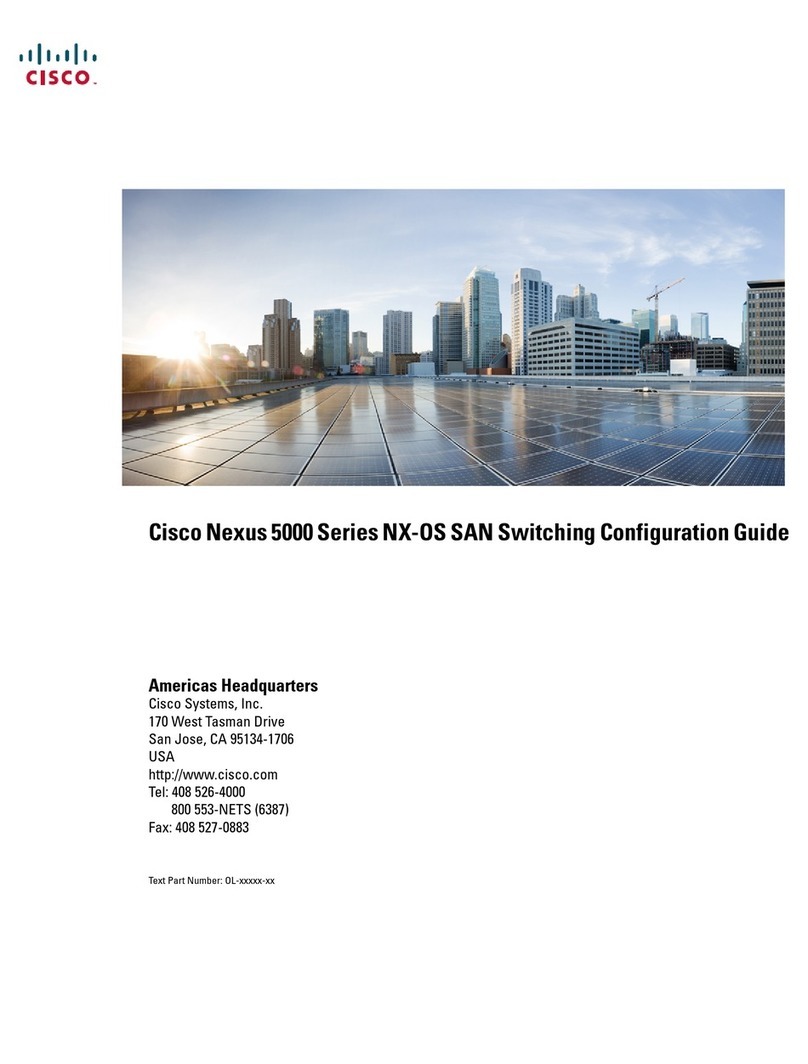FIAMA SM85.ATEX User manual

ATEX level switch SM85.ATEX
Date: 07/2018 SM85.ATEX_ing_rev05.doc page 1 of 6
USE AND MAINTENANCE MANUAL
MEMBRANE LEVEL SWITCH
“SM85.ATEX”

ATEX level switch SM85.ATEX
Date: 07/2018 SM85.ATEX_ing_rev05.doc page 2 of 6
Manual Purpose
This manual has been designed by the manufacturer to provide the necessary information regarding the
instrument to those who are authorized to carry out safely its installation, maintenance, dismantling and disposal.
All necessary information for buyers and planners can be found in the sales documentation.
In addition to adopting good technical construction methods, this information should be read carefully and strictly
applied. Inobservance of this information could cause risks for the health and safety of people and damage to
equipment.
This information provided by the manufacturer in the original language (Italian) is also available in other languages
to satisfy legislative and/or commercial needs.
This manual must be kept in a good condition by a responsible person in a safe place so that it is always available
for consultation. In case this manual is lost or damaged, a replacement should be requested directly from the
manufacturer quoting the manual code.
This manual reflects the state of the instrument at the time of input on the market: however the manufacturer
reserves the right to make changes, add or improve the manual without giving any reason to hold the present
manual inadequate.
Identification of the equipment
The identification label is applied on the cover of the instrument:
It contains all the necessary data which is required for safe operation.
Environmental conditions
Process temperature from -10°C to 80°C (inside the tank or silo, zone 20).
Storage
Avoid areas with excessive moisture and exposed to the elements (excluding outdoor areas). Avoid direct contact
of the unit with the ground. Stack the unit being careful not to load with excessive weights. It is leading you to the
proper functioning of the instruments and for the maintenance of mechanical protection, care in handling. Do not
strike the instrument with tools like hammers or similar items.
Conformity declaration and CE marking
The unit complies with the following Community Directives:
2014/34/UE: Equipment and protective system intended for use in potentially explosive atmospheres (ATEX).
2460 II 1/2 D Ex ia IIIC T85°C Da IP65 -10°C < Tamb < +80°. Use in zone 20, intrinsic safety protection
mode “ia”, max superficial temperature 85°C, environmental temperature from -10°C to 80°C.
Certificate n. EUM1 13 ATEX 0930 X – Notification: Presafe 15 ATEX 187658Q.
2014/30/UE Electromagnetic compatibility.
Control, maintenance, technical servicing
The instrument does not need a periodic setting but needs a check of correct functioning at least once a year:
Verify the integrity of the case, mobility of the spring, and general functioning.
Avoid layers of dust higher than 50mm on the instrument.
The instrument does not need a particular maintenance except cleaning, which has to be carried out by using a
soft, damp, cloth with ethyl alcohol or water. Do not use hydrocarbon solvents (trichloroethylene, petrol, diluents,
etc.). Repairs should be done exclusively by the FIAMA technical assistance center. For any type of technical
assistance please contact the manufacturer indicating the data on the identification plate, the approximate working
hours, and the type of fault.
Manufacturer’s responsibility
The manufacturer declines any responsibility in case of:
•Using the instrument contrary to the national safety and accident-prevention laws;
•Incorrect installation, inobservance or wrong procedures of the instructions provided in the present
manual;
•Defective electrical power supply;
•Modifications or tampering;
•Operations carried out by untrained or unqualified personnel.
The safety of the instrument also depends on the strict observance of the instructions contained in the manual:
always operate the instrument in its functioning capacity and carry out a careful routine maintenance.
•All phases of inspection and maintenance must be done by qualified personnel only.
•The configurations provided in the manual are the only ones permitted.
•Do not try to use the product in anyway which is contrary to the provided indications.
The instructions in this manual do not substitute but accomplish the obligations of the current law.

ATEX level switch SM85.ATEX
Date: 07/2018 SM85.ATEX_ing_rev05.doc page 3 of 6
Description
The SM85-ATEX is a simple and economical level switch that
checks the minimum or maximum level in silos and tanks
containing material which is non-sticky in the form of granules or
dust such as rice, cereals, plastic, coffee, sand, cement, etc.
The working principle is simple: the pressure exerted by the
product on the membrane activates the signal micro switch.
Switching sensitivity is adjusted using a screw on the cover.
The unit is installed externally on the wall of the container through
the three holes of the fixing flange. The body of the unit remains
outside of the container, on the side or on the bottom, while the
membrane is in contact with the product.
The product is classified Group II, category 1/2, and installation
zone 20.
The protection mode which is considered is Intrinsic Safety “ia”
which is based on the use of a barrier with intrinsic safety, external
to the unit, which is normally not supplied by FIAMA and is
normally selected and provided by the end user.
The maximum allowed ambient temperature is 80°C.
Installation
The unit can be installed in environments where a potentially explosive
atmosphere, in the form of a cloud of flammable dust, is present
permanently or for long periods within tanks or silos (zone 20).
Installation of the unit must occur in combination with an intrinsic safety
barrier which is able to provide adequate separation between the safe zone and the danger zone.
Analysis of the intrinsic safety risk EN 60079-11
The safety of the unit which is part of this risk analysis is based on the basic principles of the intrinsic safety
protection mode.
This protection consists of a limitation, in the conditions of normal operation or of preventable faults or of rare
faults, the amount of electrical energy of the circuits which are installed in the danger zone and of the connected
instrumentation which is installed in the safe zone so that arcs or sparks or high surface temperatures cannot
ignite the explosive atmosphere.
The unit in the danger zone and the associated electrical plant (intrinsic safety barrier) must be designed to reduce
the open circuit tension (Voc) and the short circuit current (Isc) down to such values which cannot ignite the
explosive atmosphere by opening, short-circuiting, grounding, or heating any part of the circuit.
The implementation of this protection mode is the only accepted method to protect electrical installations which
operate in the danger zones (zone 20).
During implementation of intrinsic safety, it is necessary to consider the following three parts:
•Unit in the danger zone: membrane sensor with micro switch
•Safety interface: intrinsic safety barrier
•Interconnecting cables
An apparatus with switches can be considered a simple apparatus if it does not generate or accumulate more than
1.5V, 100mA, 25mW. Such an apparatus, if powered by a safety interface, which guarantees respect of the
electrical parameters for power supply, is not able to generate sparks that can ignite the gases which have a MIE
value (Minimum Ignition Energy) higher than the energy released during commutation of the contact.
Associated apparatuses
The interfaces between the field and the control room instrumentation are usually called “Barriers”; these protect
the circuits in the danger zone, by limiting the voltage and current, in normal use and fault conditions.
There are two types of intrinsic safety interfaces:
•Zener barriers
•Galvanic separation barriers
The fundamental difference is the way that potentially dangerous energy, coming from the control room, is diverted
to prevent entry into the circuits located in the danger zone.
The barriers must by designed and certified according to the requirements of Directive 2014/34/UE and must have
the following marking:
II (1) D [Ex ia]
ZONA 20

ATEX level switch SM85.ATEX
Date: 07/2018 SM85.ATEX_ing_rev05.doc page 4 of 6
Interconnecting cables
The low values of voltage and tension which are present in the instrinsic safety circuit allow the use of cables
which are normally used for field instrumentation, as long as the capacity and inductance of these is correctly
taken into account in the calcultations regarding system safety. The cable parameters are rarely a problem for the
distance of the field devices, especially when galvanic separation barriers are used.
Resistive circuits
A circuit is considered resistive when the reactive parts,
inductance and capacity, are null or negligible, as is the case of
this analysis.
The energy which can be released by a circuit of this type
depends essentially upon the voltage V that powers it and by the
current limitation which is due to the presence of the resistor R.
In this case it is not easy to correlate the value of the minimum
ignition energy MIE (Minimum Ignition Energy), with the circuit
characteristics which generate the spark.
The ignition curves for resistive circuits are indicated in the side
graph.
The graph shows the ignition curves of the gas groups which are
considered in the various norms. Observing the curves, the lower
the open circuit voltage Voc, the higher the power that can be
used in safety. This characteristic allows the process
instrumentation, which operates at voltages in the 20-30V range,
to be used in applications of intrinsic safety.
Intrinsic safety loop coordination
In the coordination, the following relations must be verified:
Uo ≤Ui
Io ≤Ii
Po ≤Pi
Ci+Cc ≤Co
Li+Lc ≤Lo
where:
•Uo: maximum output voltage (peak AC or DC) which can
be supplied by an intrinsic safety barrier which is in open
circuit and powered by the primary voltage Um
•Io: maximum current (peak AC or DC) which can be
supplied by an intrinsic safety barrier which is in short-
circuit
•Po: maximum electrical power which can be supplied by an intrinsic safety barrier
•Co: maximum capacity which can be connected to the intrinsic safety barrier
•Lo: maximum inductance which can be connected to the intrinsic safety
•Ui: maximum voltage (peak AC or DC) which can be applied to the intrinsic safety sensor in the danger
zone
•Ii: maximum current (peak AC or DC) which can be applied to the intrinsic safety sensor in the danger
zone
•Pi: maximum input power which can be applied to the intrinsic safety sensor in the danger zone
•Ci: total equivalent internal capacitance of the intrinsic safety apparatus
•Li: total equivalent internal inductance of the intrinsic safety apparatus
•Cc: cable capacitance [F/m]
•Li: cable inductance [H/m].

ATEX level switch SM85.ATEX
Date: 07/2018 SM85.ATEX_ing_rev05.doc page 5 of 6
Marking:
2460 II 1/2 D Ex ia IIIC T85°C Da IP65 -10°C < Tamb < +80°
Ui = 30V
Ii = 100mA
Pi = 3W
Ci = negligible
Li = negligible
Dimensions
Flangia di fissaggio
Fixing flange
Befestingungsflansch
Pressacavo
Cablepress
Kabelverschraubung
Membrana in gomma siliconica
Rubber silicone membrane
Gummi Membrane Silikon
Vite regolazione sensibilità
Sensibility regulation screw
Schraubezur Sensibilitätsregulierung
Electrical schematic
NC
COM
NO

ATEX level switch SM85.ATEX
Date: 07/2018 SM85.ATEX_ing_rev05.doc page 6 of 6
Technical characteristics
Case Flange: aluminum alloy
Body: antistatic polyamide
Membrane: antistatic silicone
Protection rating IP65
Electrical contacts 30V - 100mA (values imposed by the intrinsic safety circuit)
Temperature range -10° + 80°C
Cable entrance PG7 cable gland
Relative humidity 10-90%
Working pressure Atmospheric pressure
Reference ATEX 2014/34/UE
Electromagnetic compatibility 2014/30/UE
Certificate number EUM1 13 ATEX 0930 X Notification: Presafe 15 ATEX 187658Q
Marking 2460 II 1/2 D Ex ia IIIC T85°C Da IP65 -10°C < Ta < +80°
Manufacturer
Any communication with the manufacturer must be addressed to:
FIAMA S.R.L.
Via G. Di Vittorio, 5/A
43016 San Pancrazio (Parma) - Italy
tel: (+39) 0521-672341
fax: (+39) 0521-672537
email: [email protected]
web: www.fiama.it
FIAMA SRL is not responsible for damage to persons or equipment deriving from any tampering or
incorrect use or use which is not conforming with the characteristics of the unit.

MOD mdt03_00
F.I.A.M.A. s.r.l.
Via G. di Vittorio, 5/a
43016 San Pancrazio PR, ITALY
Tel. + 39 0521 67 23 41 - Fax + 39 0521 67 25 37
Cod. Fisc. e Part. IVA 02046950347
E-mail : info@fiama.it
Internet: www.fiama.it
mdt03_07-dich-conf-ce-SM85-atex.doc
DICHIARAZIONE DI CONFORMITÀ EU
EU Declaration of Conformity
FABBRICANTE / Manufacturer : F.I.A.M.A. s.r.l.
DESCRIZIONE PRODOTTO / Description of the equipment :
SEGNALATORE DI LIVELLO A MEMBRANA MODELLO SM85-ATEX
Membrane Level Switch model SM85-ATEX
DIRETTIVA 2014/34/EU ATEX
2014/34/EU “Atex” Directive”
Organismo Notificato : Num. identificazione: 2460
Notified Body : Identification number :
Certificato Sistema Qualità Produzione n°: PRESAFE 15 ATEX 187658Q
Certificate Production Quality System n°
Certificato Mod. B n°: EUM1 13 ATEX 0930 X
Certificate MOD B n°:
Marcatura: 2460 II 1/2 D Ex ia IIIC T85°C Da IP65 -10°C < Tamb < +80°
Marking
Norme Armonizzate EN 1127-1:2011, EN 60079-0:2018, EN 60079-11:2012
Harmonized Standards
DIRETTIVA 2014/30/EU “Compatibilità elettromagnetica”
2014/30/EU “Electromagnetic Compatibility” Directive
Norme Armonizzate EN 61000-6-2:2005, EN 61000-6-3:2007, EN61326-1:2013
Harmonized Standards
La presente dichiarazione di conformità è rilasciata sotto la responsabilità esclusiva del fabbricante. L’oggetto della dichiarazione di
cui sopra è conforme alla pertinente normativa di armonizzazione dell’Unione.
This declaration of conformity is issued under the sole responsibility of the manufacturer. The object of the declaration described is in conformity
with the relevant Union harmonisation legislation
Data / Date :
07/2021
Posizione /Qualification :
Amministratore Delegato
Nome /Name :
Barbieri Maria Carla
Firma / Signature :
DNV Nemko Presafe AS,
Gaustadalléen 30,
0373 Oslo, Norway
Table of contents
Popular Switch manuals by other brands
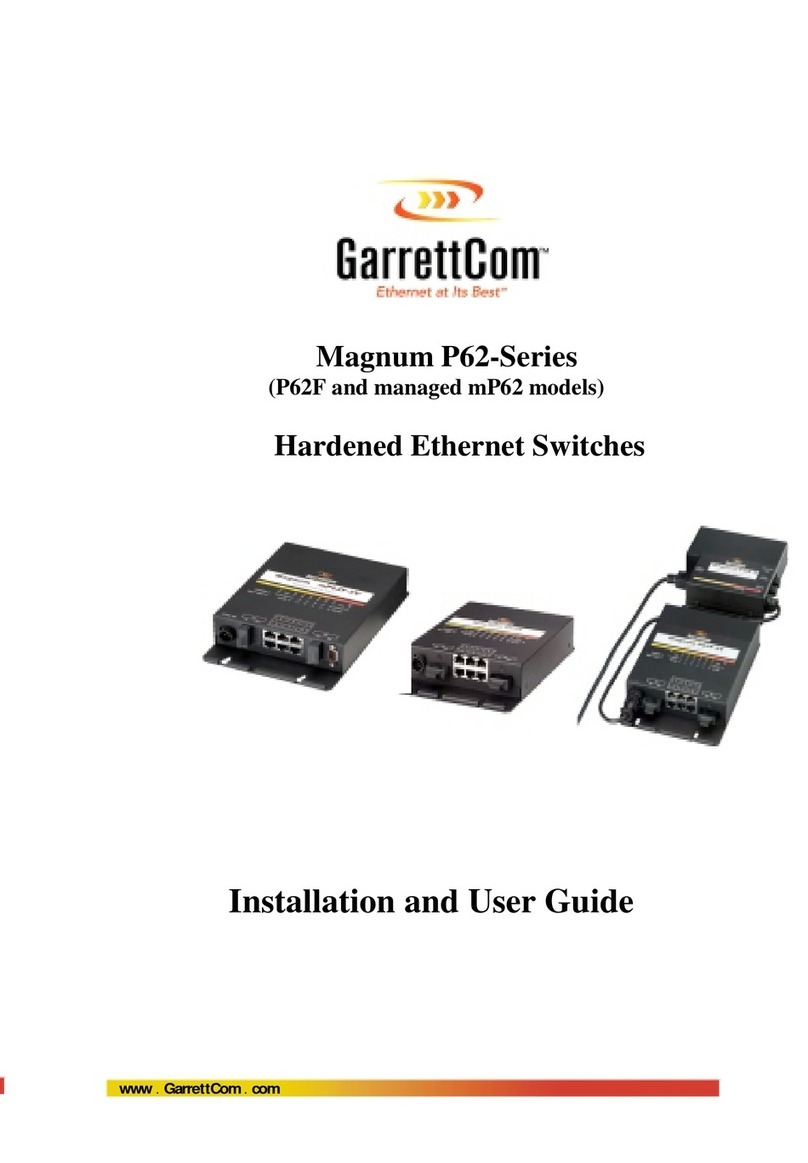
GarrettCom
GarrettCom Hardened Ethernet Switches P62F Installation and user guide
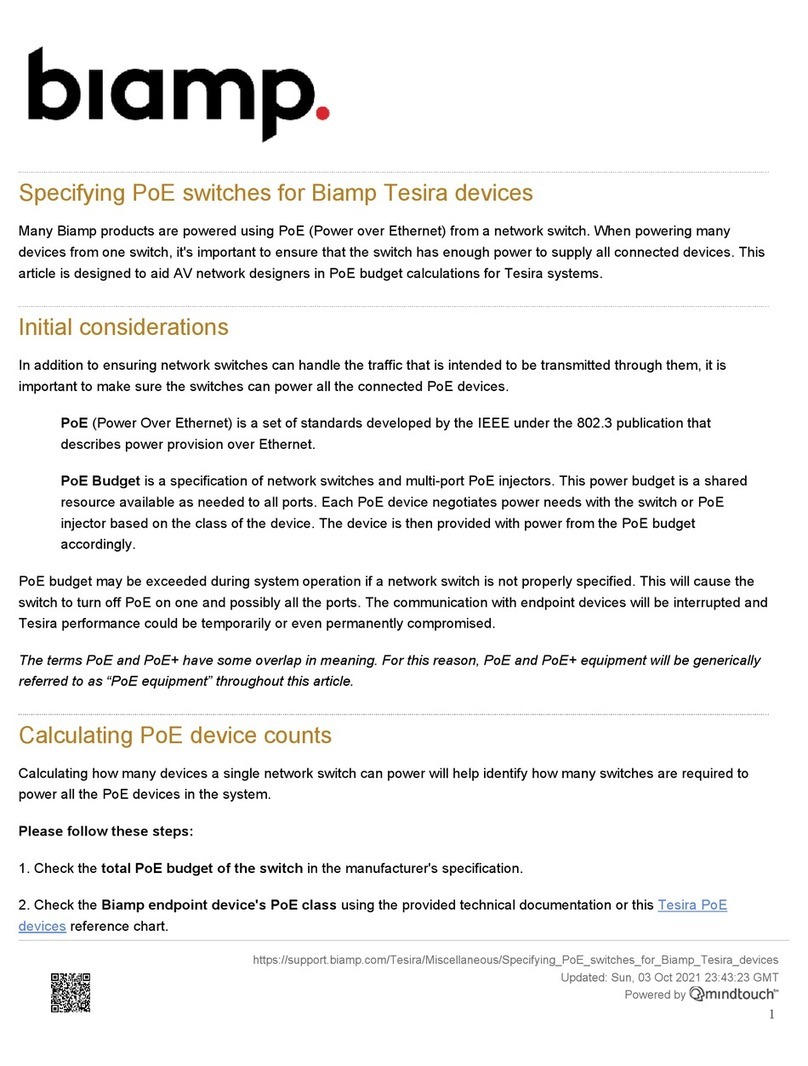
mindtouch
mindtouch Biamp Tesira quick start guide
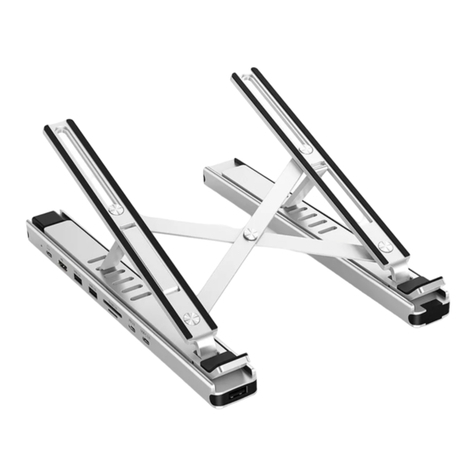
Choetech
Choetech HUB-M43 user manual
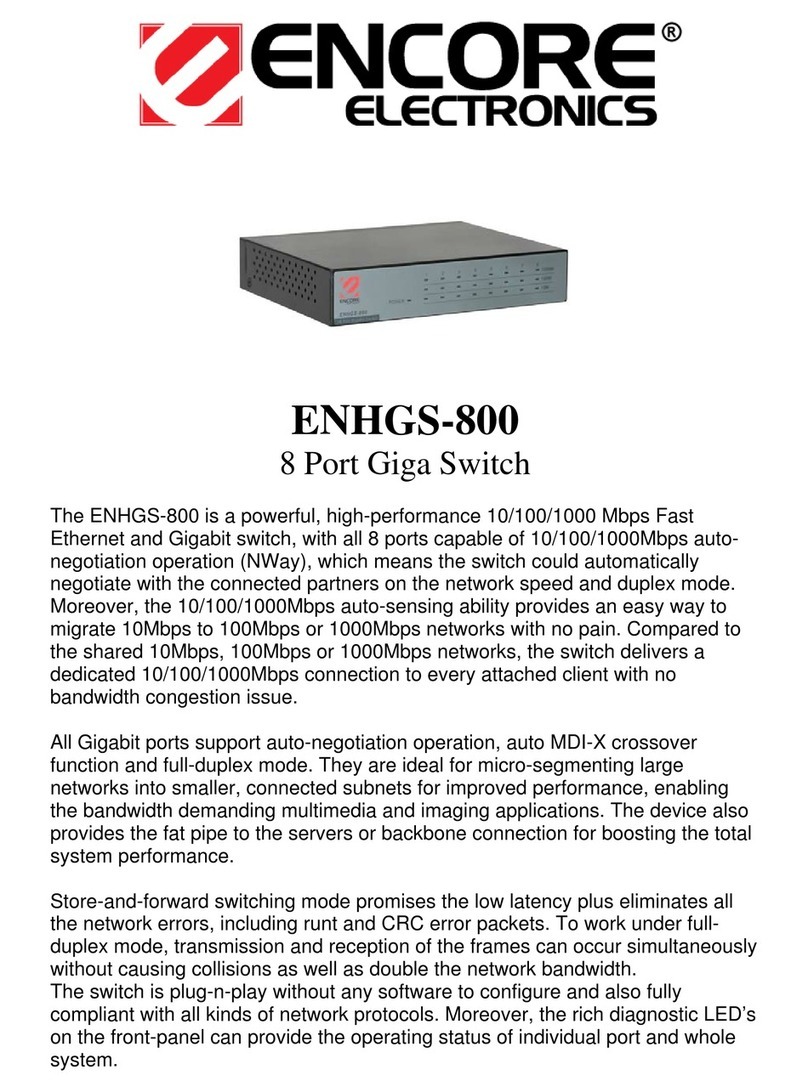
Encore
Encore ENHGS-800 datasheet
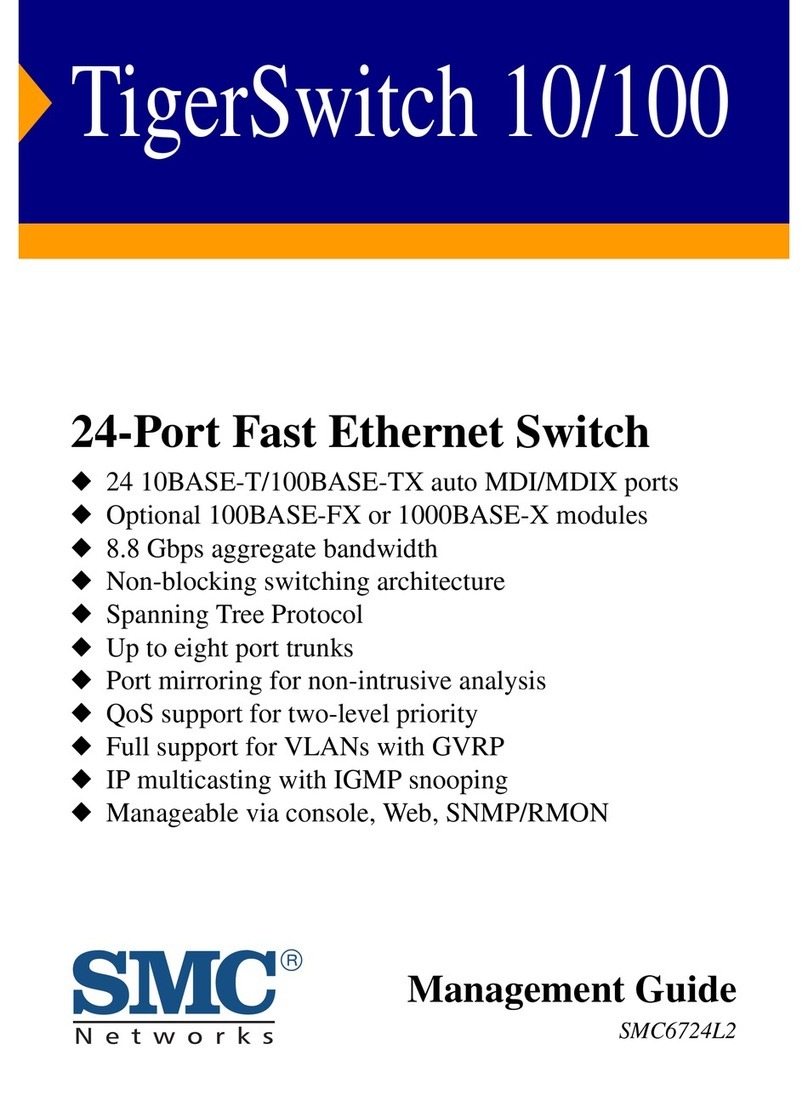
SMC Networks
SMC Networks 6724L2 Management guide

Enerwave
Enerwave ZW500DM-PLUS installation instructions
